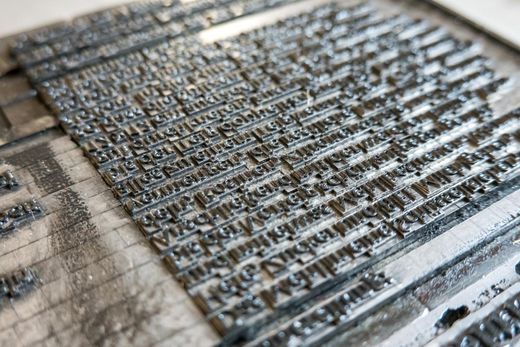Proofreading
PROOFREADING
Different projects require different approaches. Proofreading is not just about spelling, typographical errors, grammar and punctuation, although that is often the main element. The kind of errors and how much should be changed will vary from project to project.
A model contract is available for download here.

STYLE
Some clients will prefer to supply their own house style document. Typically this would include preferences on items like how to write dates and times, abbreviations and technical terms. If a client does not have a style document this can be compiled as part of the proofreading process to ensure consistency. An example house style document can be found here.
Example style sheet

LAYOUT
A proofreader will look at the layout of a document and check for design and typography, headings, tables and figures, captions and illustrations, headers and footers and page numbering. Is the correct typeface used? Are the paragraphs consistently indented or full out? Are any tables, figures or illustrations present and presented consistently?

CONSISTENCY
A document will be checked for internal consistency and ambiguity. Are numbered lists, tables and figures complete and correct? Cross-references and contents lists will be checked to ensure they match the corresponding chapter or section headings in the body of the document. Any unclear meaning will be flagged. Corrections are only marked if the proofreader is certain. Otherwise a query will be raised with the client.
